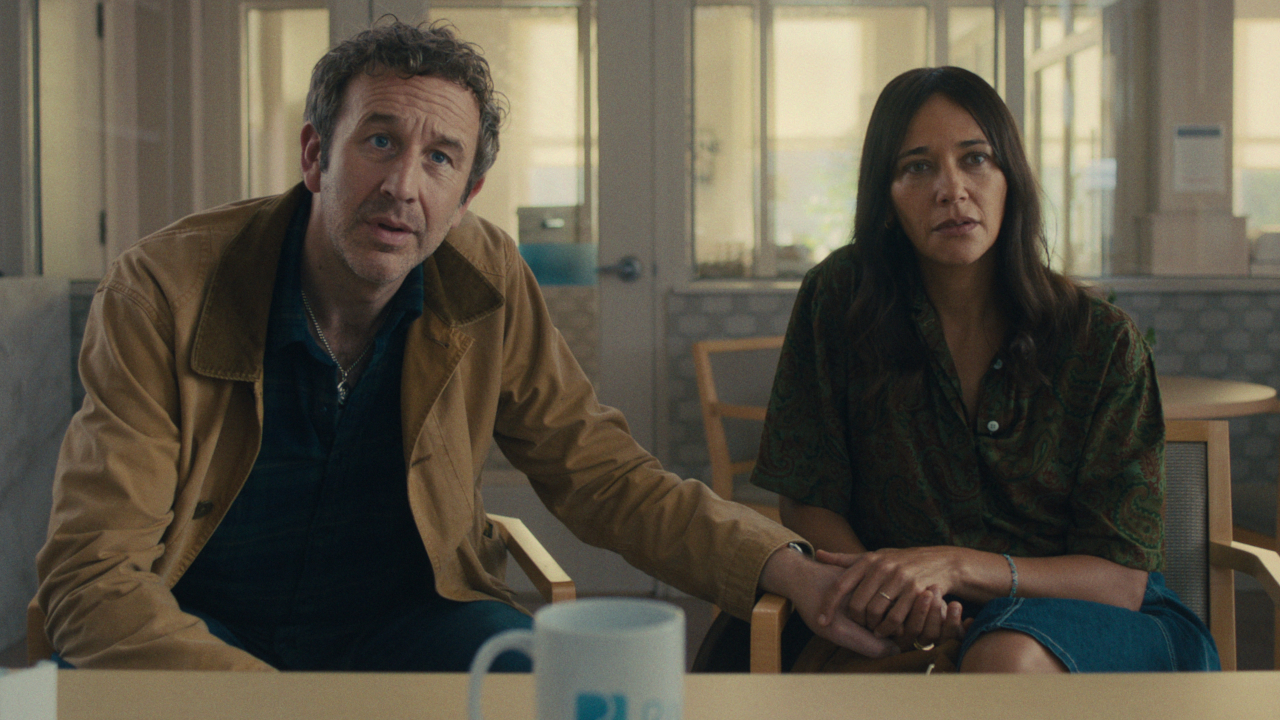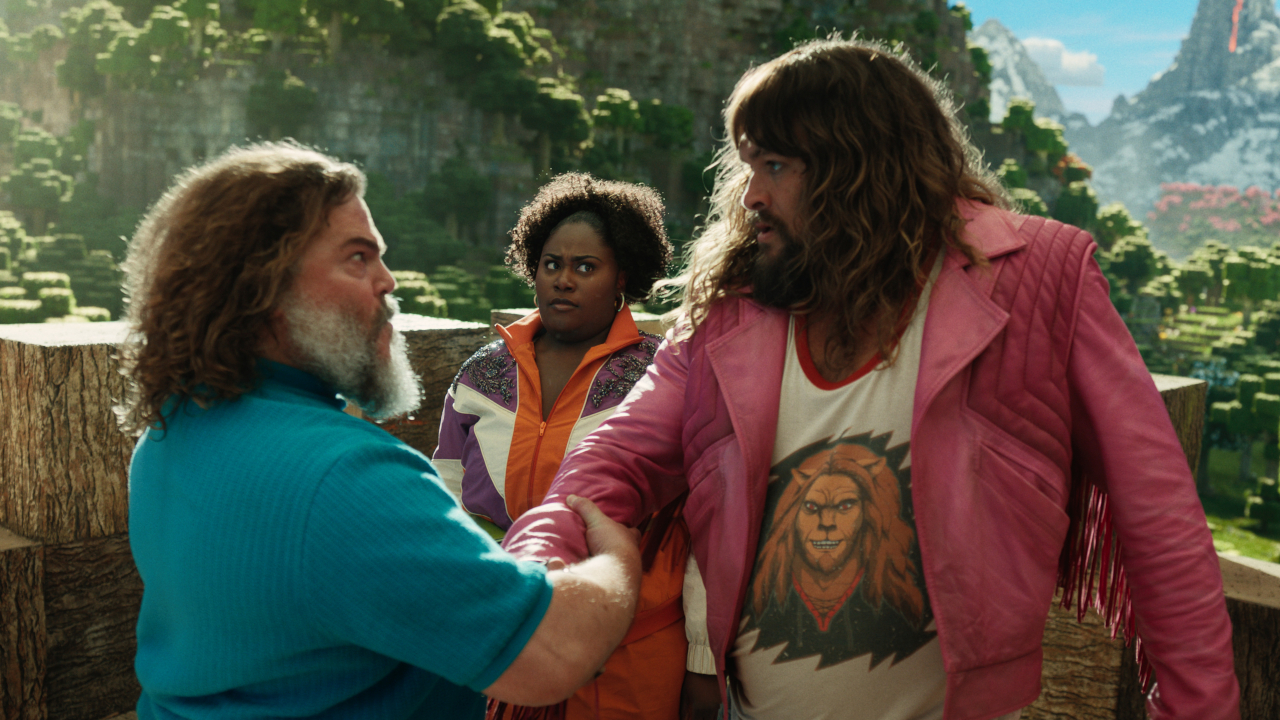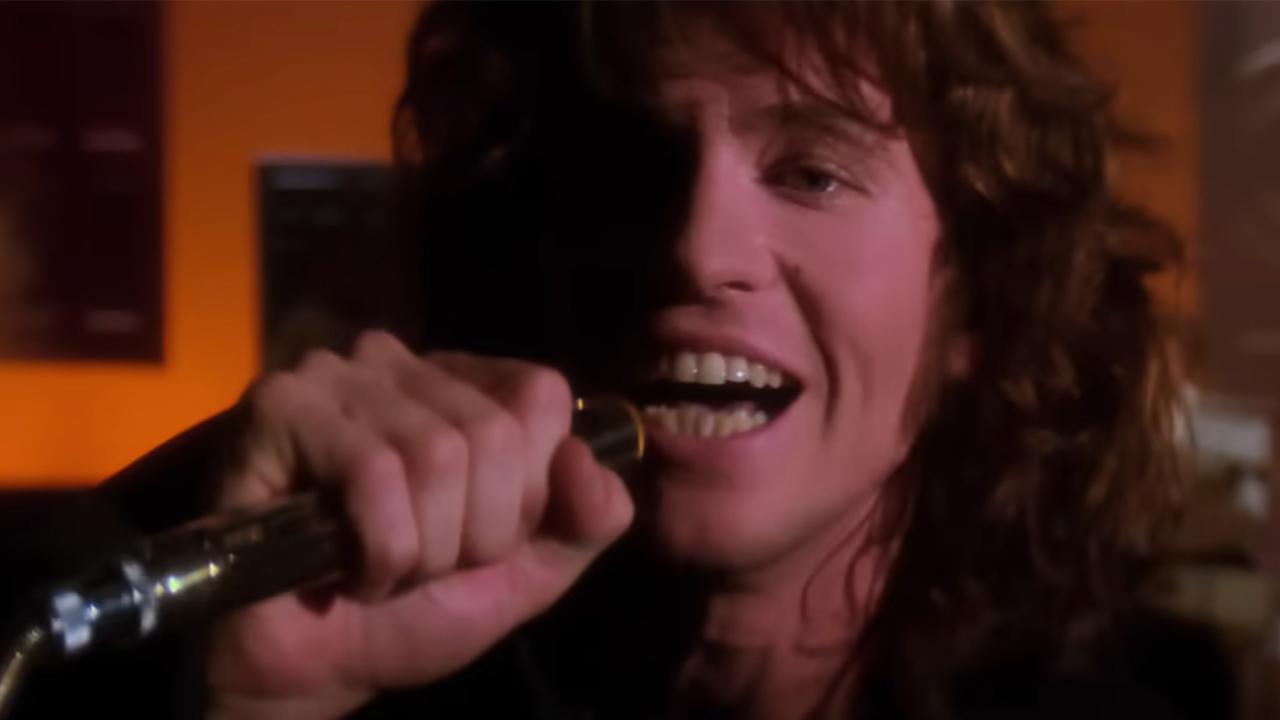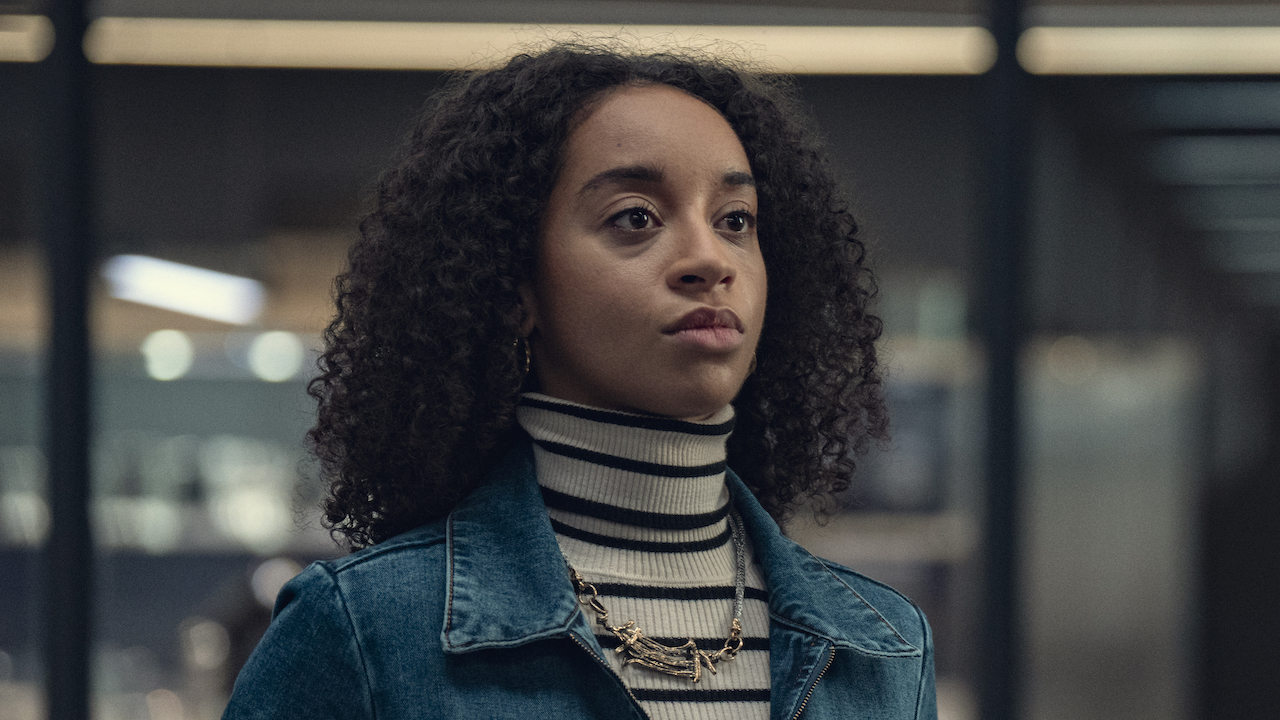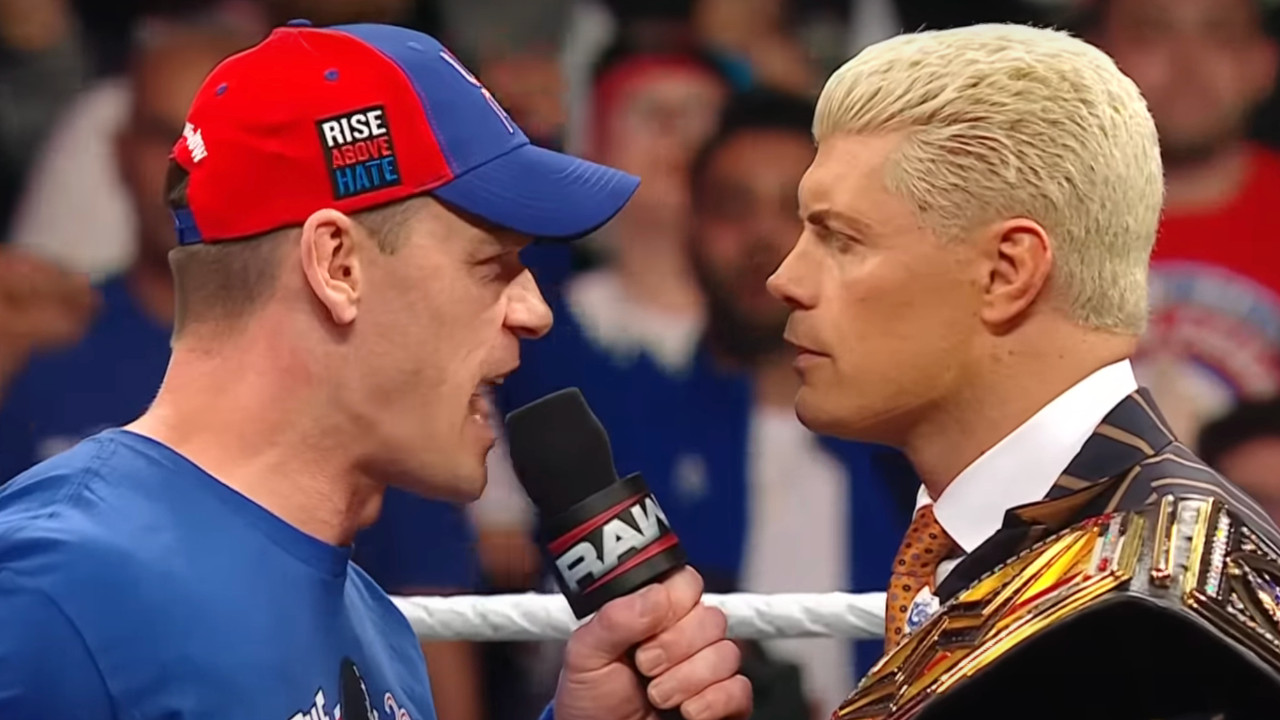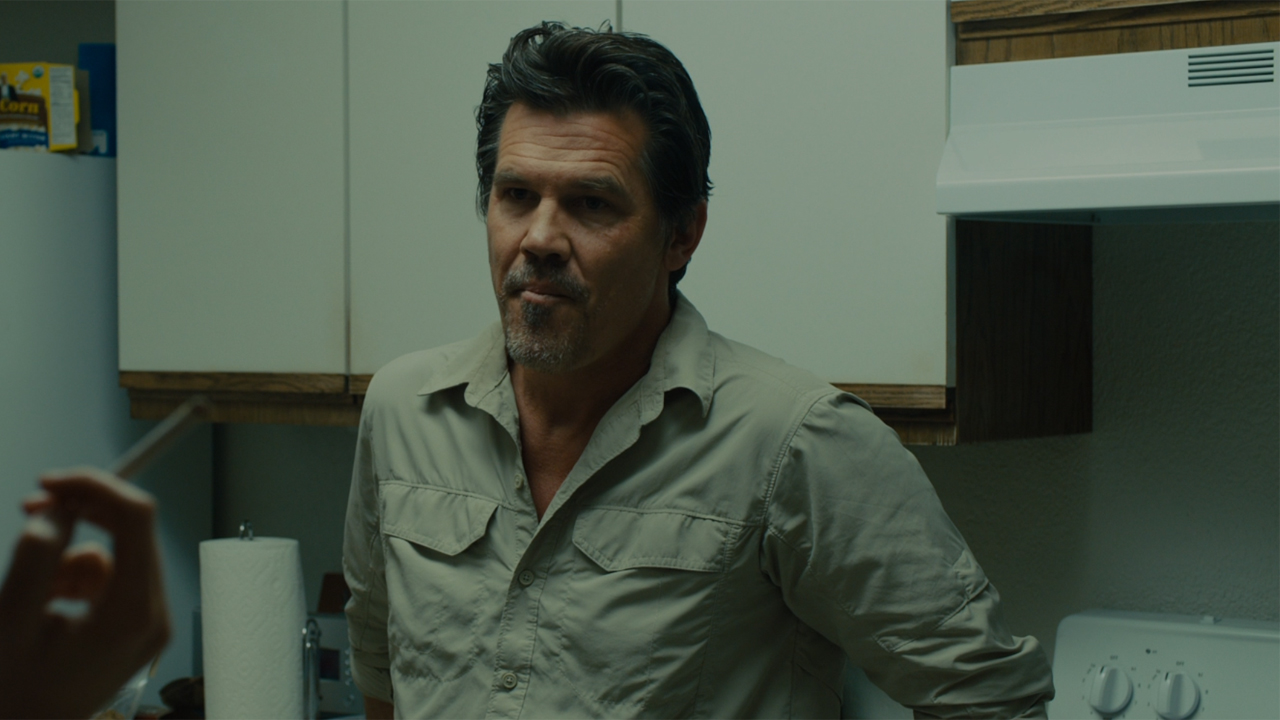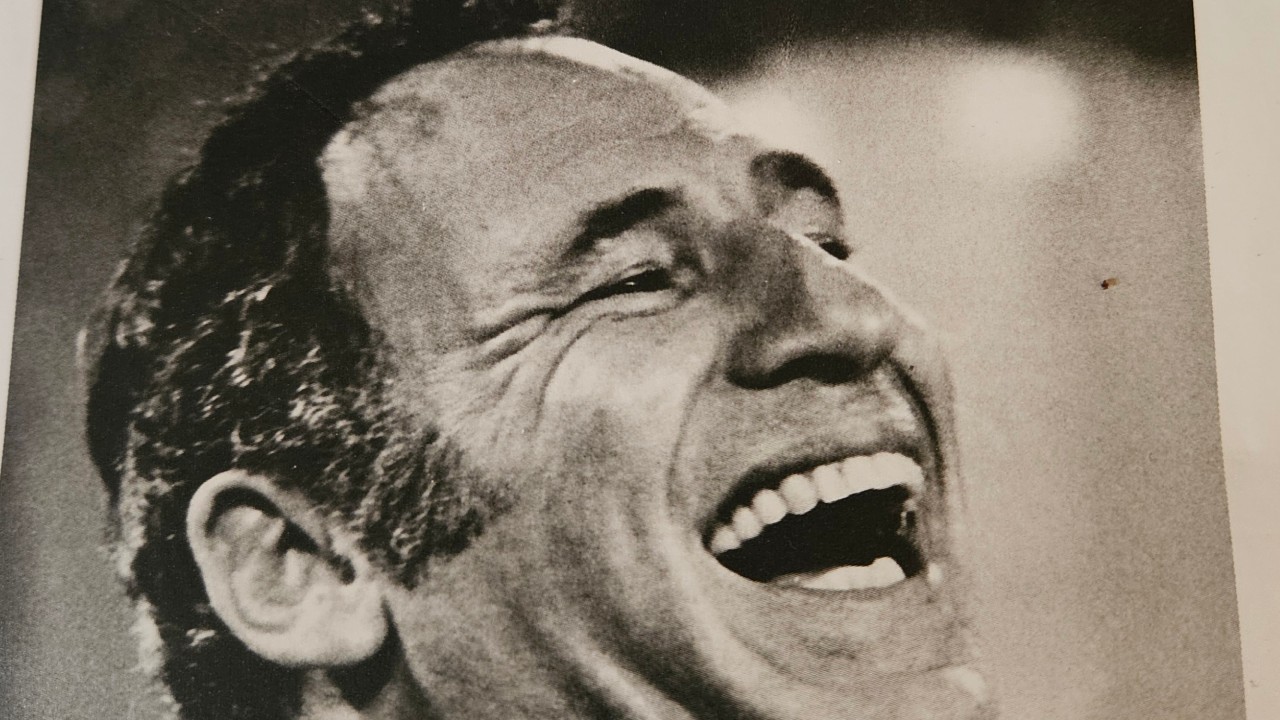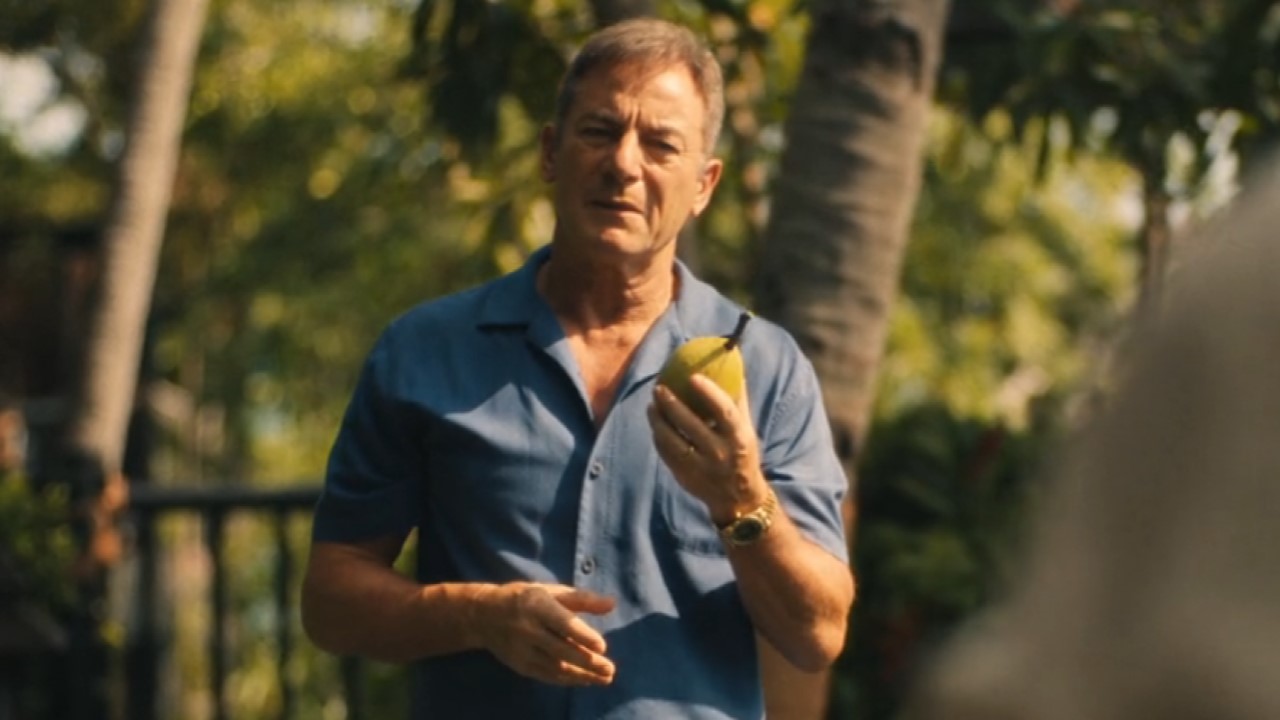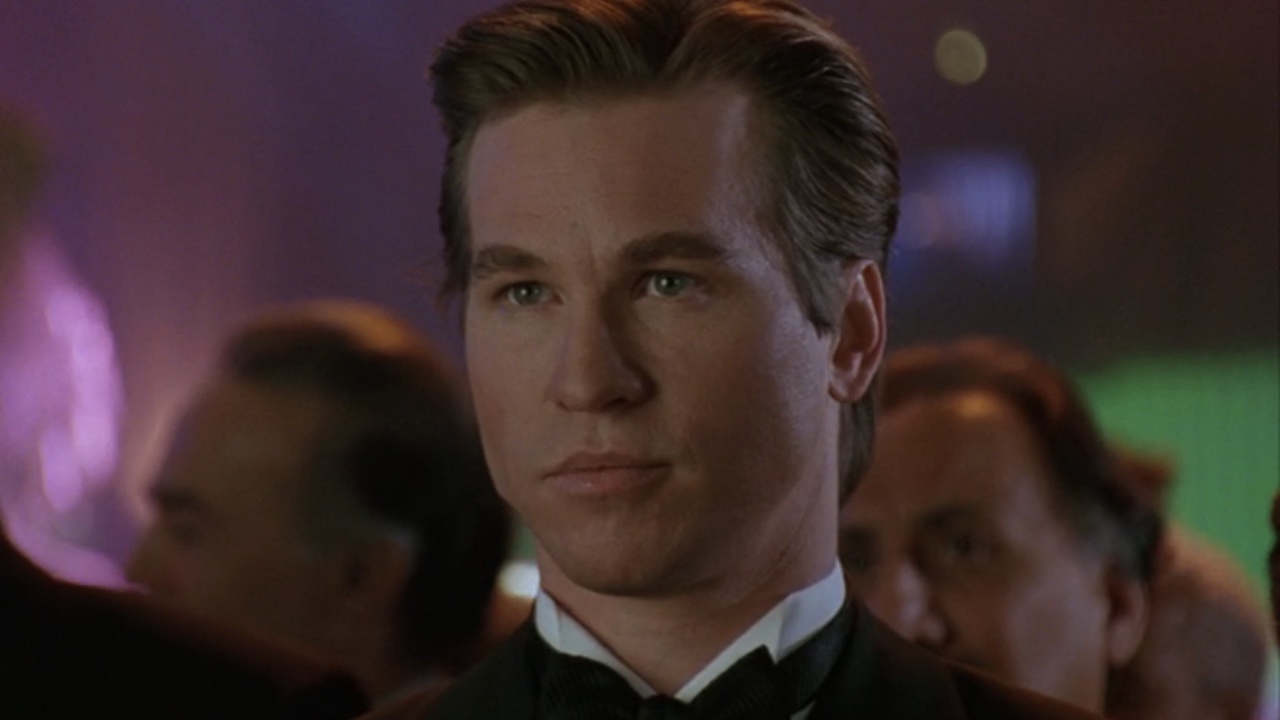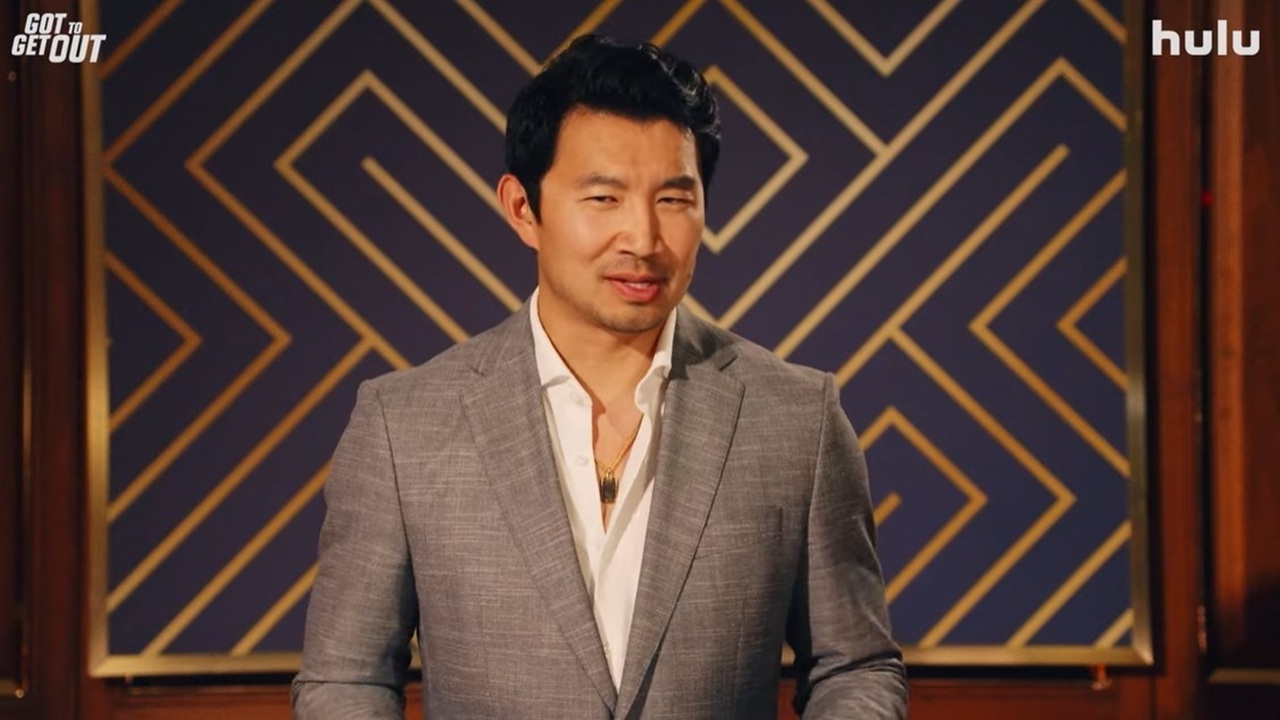The Scariest Modern Horror Movie Villains
The newest names in terror.
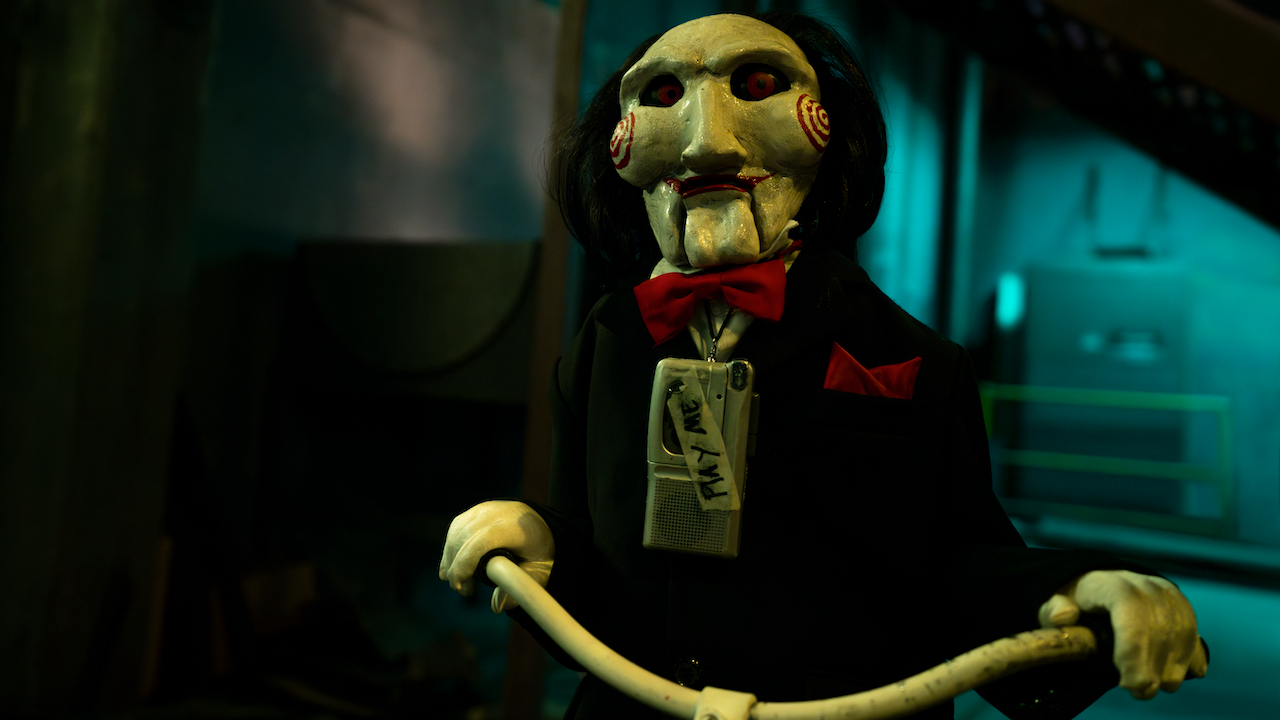
WARNING: The following article contains spoilers for A LOT of recent horror movies. So, unless you are confident that you have seen everything you need to see or you do not mind knowing secret plot details beforehand, beware…
We are living in a great time to be a scary movie fan, with many of horror's latest releases being some of the strongest and scariest we have ever seen, as far as I am concerned. Of course, with most upcoming horror movies, there also comes a slew of new villains to haunt our nightmares.
I have been very impressed by the characters we have met in the creepy thrillers released in just the last couple of decades or so – including both the protagonists and antagonists. In fact, I would say many of them are on par with classic horror villains like Michael Myers or Pamela Voorhees. The following are our picks for some of the scariest modern horror movie villains from some of the best horror movies in recent memory.
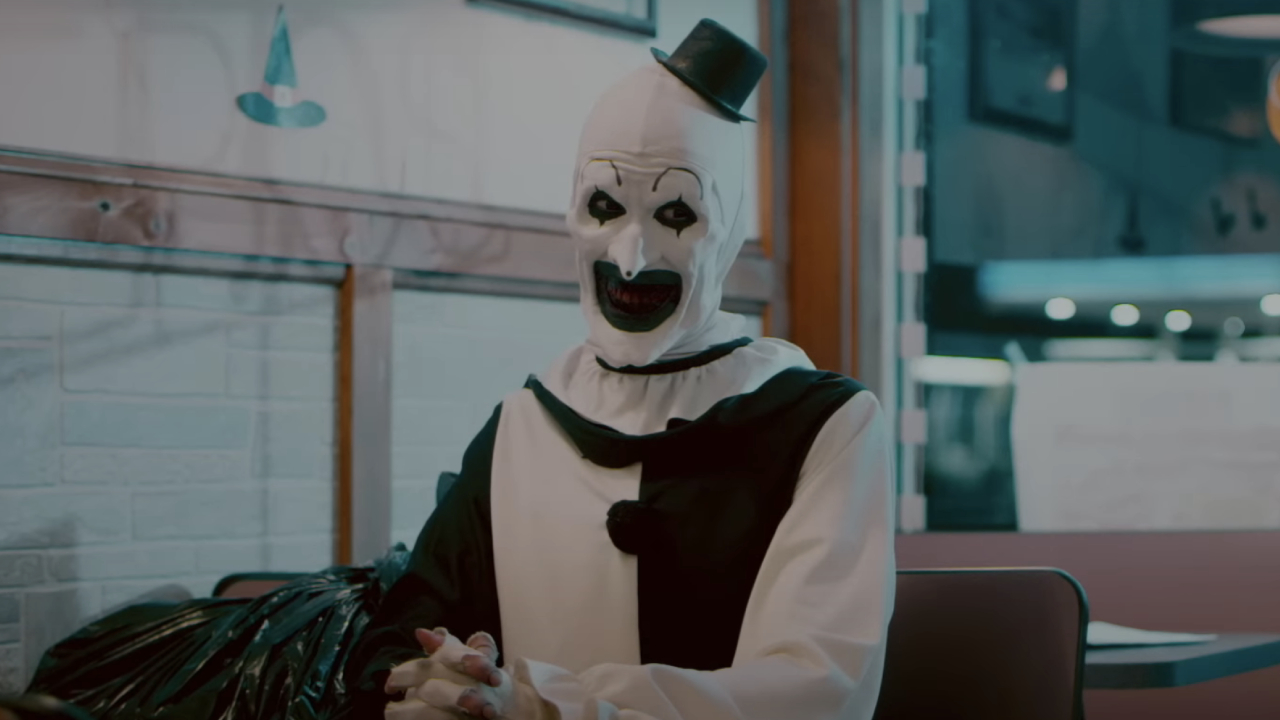
Art The Clown (Terrifier)
The creepy clown movies subgenre’s flagship character may still be a different villain whom we will get to later but, as far as I am concerned, that harlequin does not hold a candle to Art from Terrifier and its even more widely celebrated 2022 sequel. Originally portrayed by Mike Gianelli in the underrated anthology horror movie All Hallow’s Eve in 2013, the role was succeeded four years later by David Howard Thornton, who is already unsettling enough with his menacing grin before unleashing the clown’s shockingly gruesome methods of carnage. By the time creator Damien Leone brings Art back in Terrifier 3, the relentlessly brutal killer will be remembered as one of cinema’s most memorable slashers.
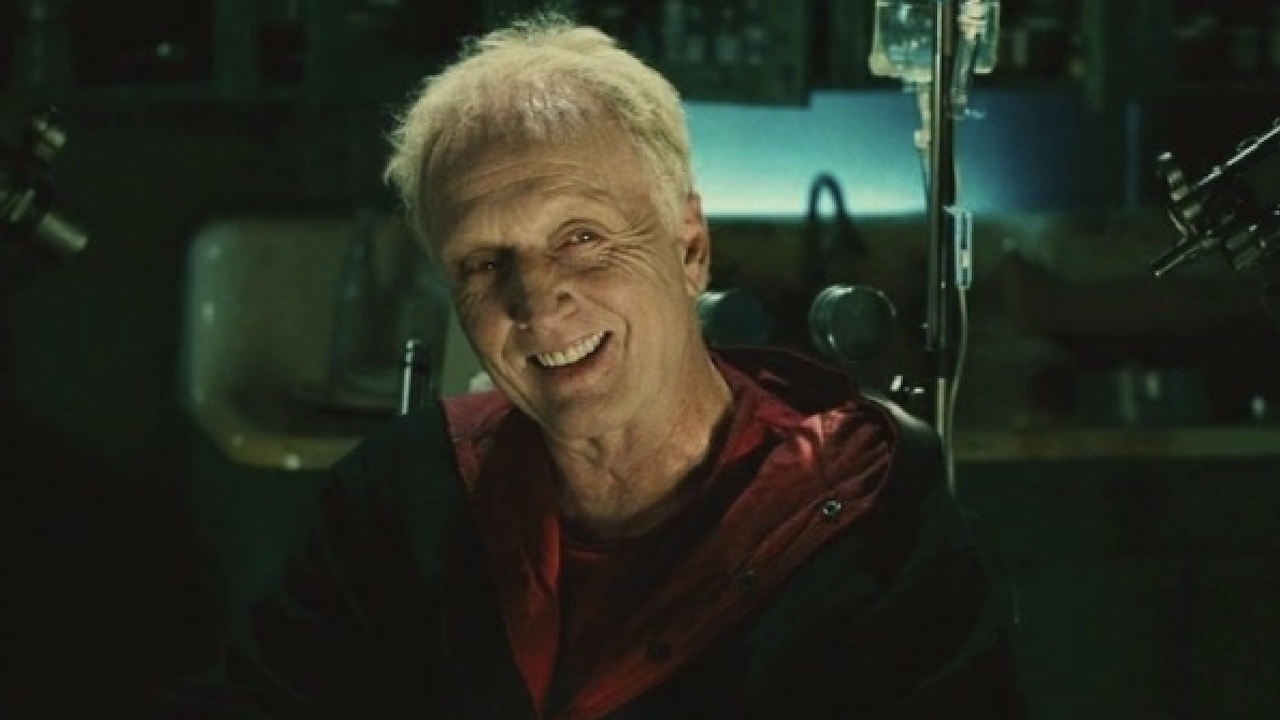
Jigsaw (Saw)
What makes these modern horror movie villains so terrifying is not necessarily the murders they commit. In fact, Jigsaw – otherwise known as John Kramer (Tobin Bell) – never actually kills anybody directly, but is guilty of putting people through potentially lethal challenges that he hopes will give them a new appreciation for life… if they survive. This remarkably unique character motivation is what makes the Saw movies one of the most intriguing horror franchises and Jigsaw (and his apprentices) one of the genre’s most fascinating characters, good or bad.
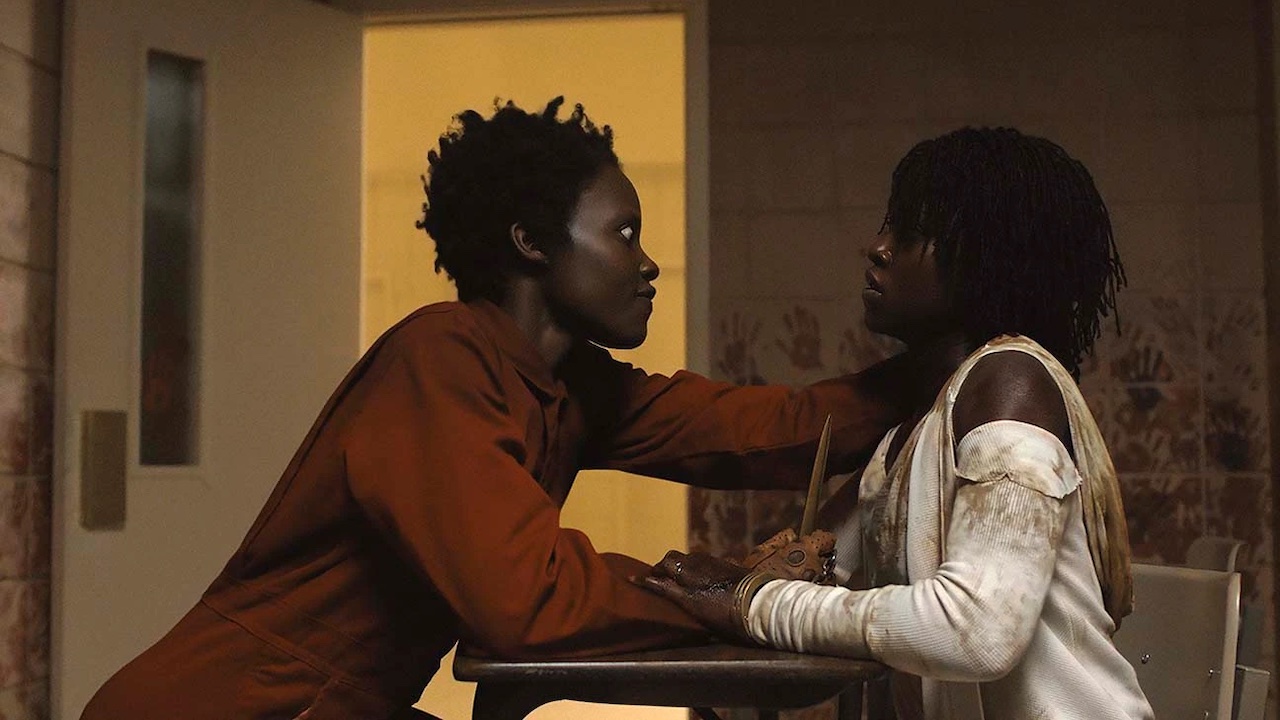
Red (Us)
The motivations of the central antagonist in writer and director Jordan Peele’s sophomore effort are also very intriguing, especially when you discover her true identity. Lupita Nyong’o gives an Oscar-worthy performance in 2019’s Us as both Adelaide (a woman on vacation with her family) and Red, who leads an underground doppelgänger revolt against the surface-dwellers they are tethered to. The twist at the end of Us, revealing the real Red traded places with the real Adelaide decades earlier, brings an unexpected sense of empathy to the role and greatly enhances the film’s clever commentary on economic class dynamics.
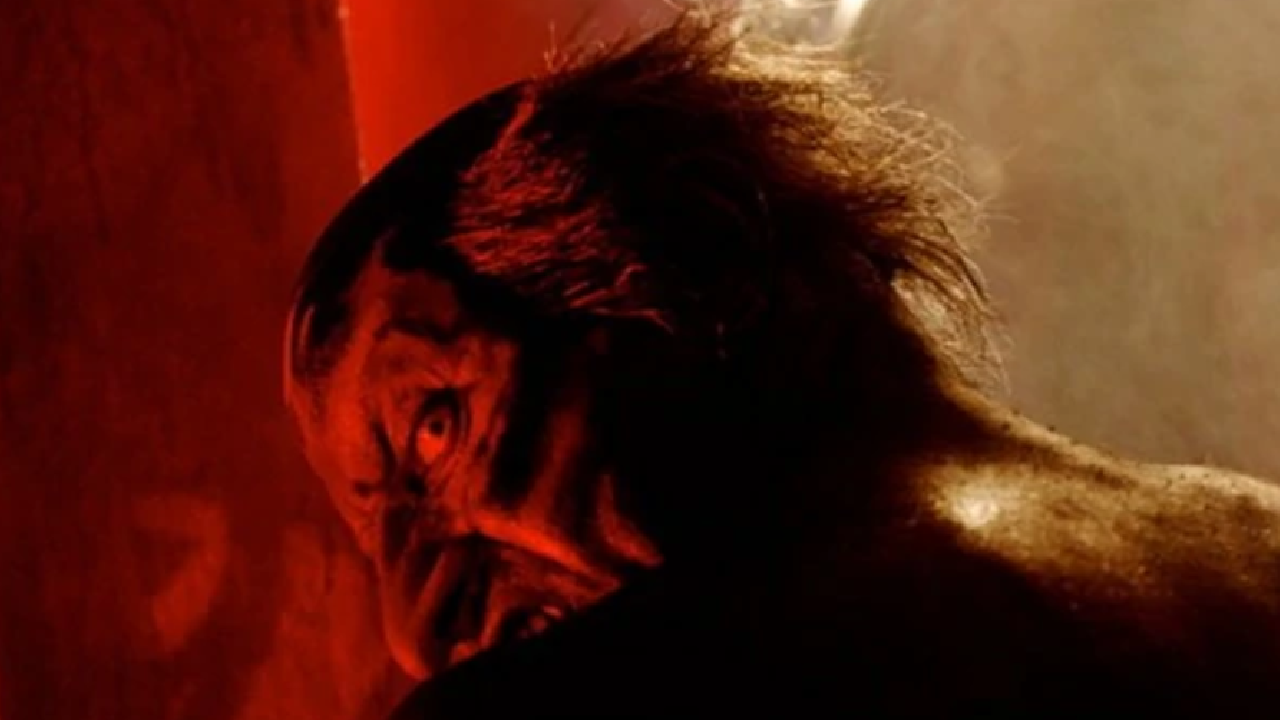
Lipstick-Face Demon (Insidious)
One of the scariest horror movie moments in recent memory is associated with a character who, at first glance, resembles a certain Star Wars villain, but has since become a distinctive icon in his own right. In addition to composing the score for writer Leigh Whannell and director James Wan’s modern haunted house movie favorite, Joseph Bishara appears in the Insidious cast as the Lipstick-Face Demon, in reference to the cosmetic he crudely applies to counteract his pure-black complexion. The vicious creature is the de facto leader of several entities haunting the body of young Dalton Lambert (Ty Simpkins) after his spectral form unwittingly travels too far into the Further – a premise only outweighed in nightmare-fuel quality by its main antagonist’s scowl.
CINEMABLEND NEWSLETTER
Your Daily Blend of Entertainment News
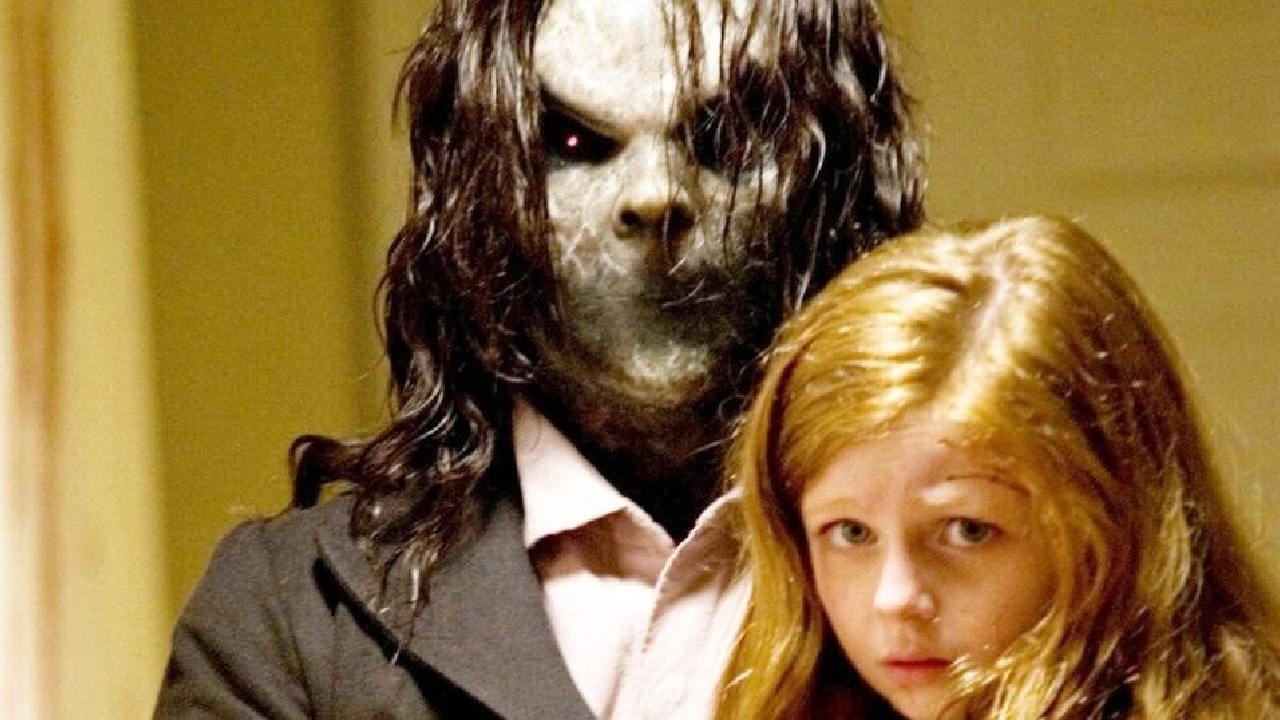
Bughuul (Sinister)
In one of the best Ethan Hawke movies (and the one that made a Scream King out of the Oscar nominee), he plays a true crime writer whose investigation into a family’s shocking murder brings him face-to-barely-counting-as-a-face with a truly sinister entity. Known as Bughuul, or “Mr. Boogie” (played by Nick King), this Pagan deity preys on children, enchanting them into becoming his murderous minions through a chain curse passed on through Super 8 footage of his previous crimes. This refreshingly creative way of bringing a concept inspired by ancient mythology into a modern setting is why Scott Derrickson’s Sinister is one of Blumhouse’s best thrillers and the unsettling image of Bughuul still haunts our subconscious.

Jean Jacket (Nope)
We all suspected that Jordan Peele’s take on the alien invasion movie genre would offer something new to the table, but might not have foreseen just how unusual the invader in Nope would be. Siblings OJ (Daniel Kaluuya) and Emerald Haywood (Keke Palmer) at first believe they are being taunted by a flying saucer full of extraterrestrials until they discover the flying saucer is the alien – dubbed “Jean Jacket” by OJ. One of the most horrifying cinematic moments of 2022 reveals what happens if the hungry creature catches you staring at it in full, immersive detail.
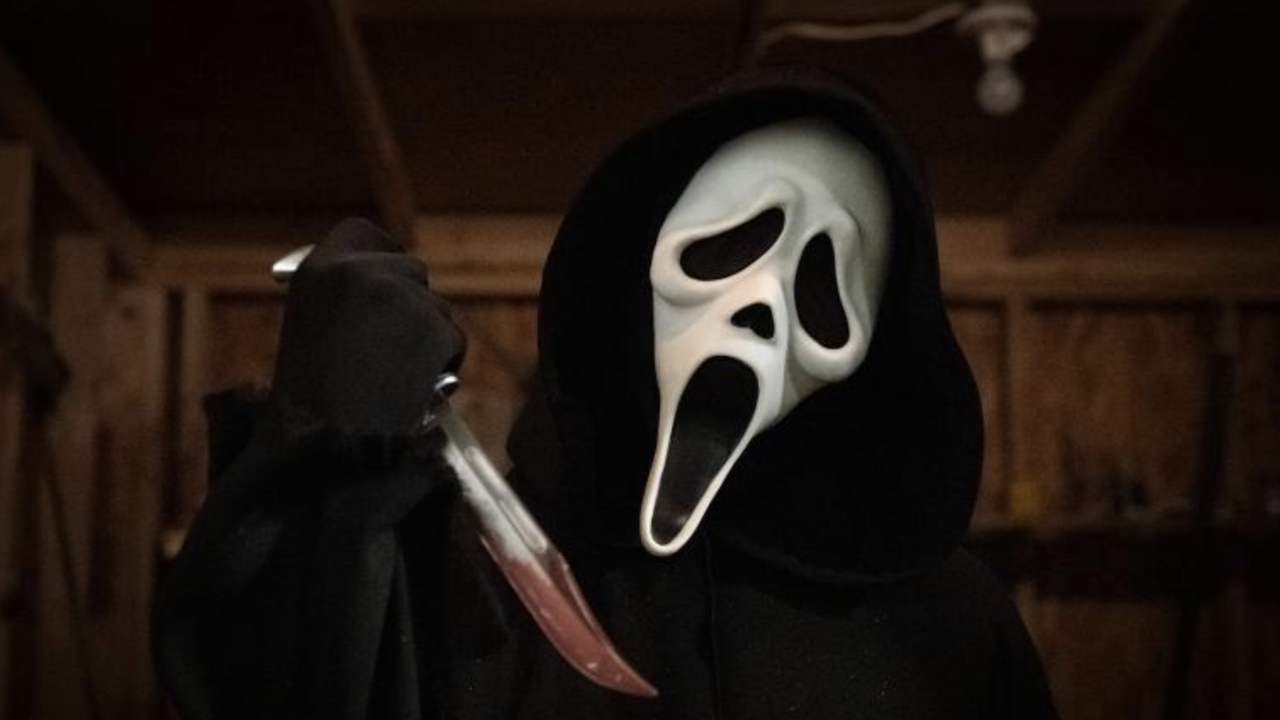
Ghostface (Scream)
In 1996, writer Kevin Williamson and director Wes Craven flipped the slasher genre on its head with the cleverly meta, but still undeniably thrilling Scream by introducing a killer who was partially motivated by horror movies themselves. The story added fuel to fire by revealing there were actually two Ghostface killers – namely Skeet Ulrich’s Billy Loomis and Matthew Lillard as Stu Macher – and that the villain could be resurrected with a new face (or pair of faces) behind the now-famous mask in future sequels. Part of the fun of looking forward to the subsequent Scream movies has been wondering who will be wreaking havoc on Westview (or elsewhere) next.
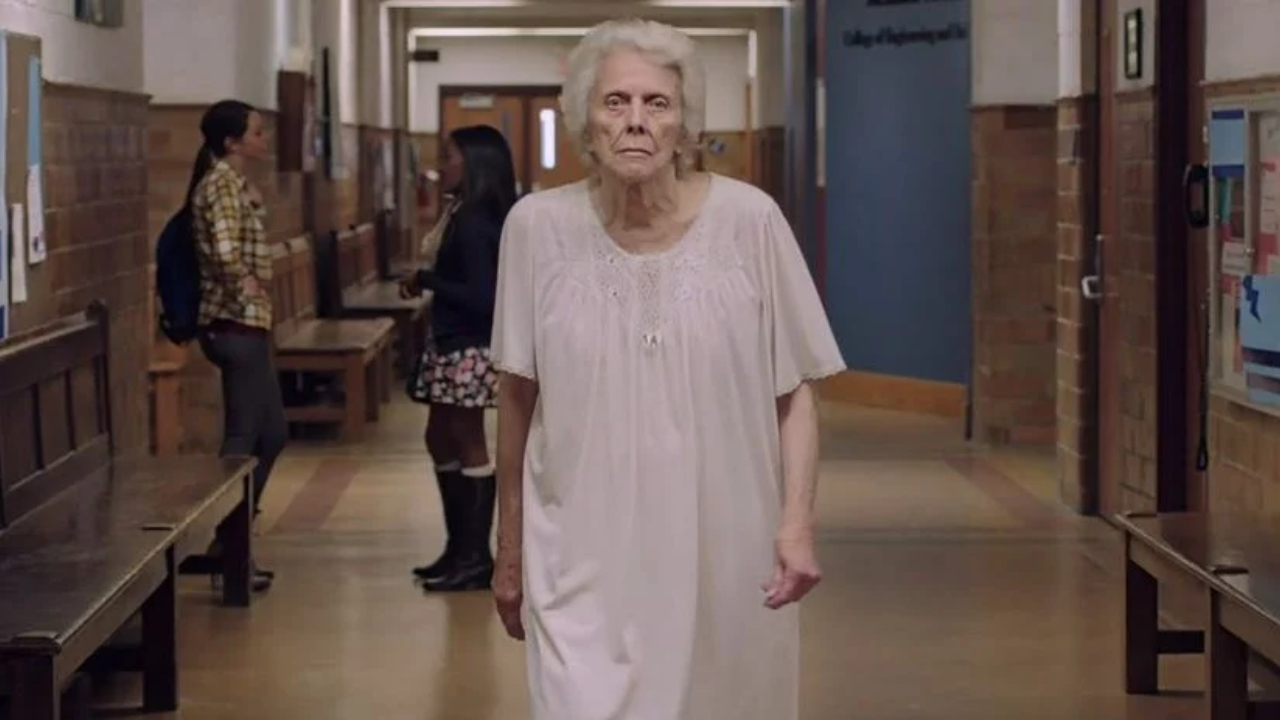
The Entity (It Follows)
Another terrifying villain devoid of any specific identity is the “it” from David Robert Mitchell’s 2015 masterpiece, It Follows – starring modern day horror Scream Queen Maika Monroe as a college student who must outrun a deadly, unstoppable, shapeshifting demon only she can see, as part of a curse passed onto her through sexual intercourse. It is a clever twist on a common horror trope by reinventing sex as both what makes you a target and the one thing that can save your life. The mystery behind this unique unnamed entity will soon be expanded upon in an upcoming sequel I am both angry and excited about called They Follow.
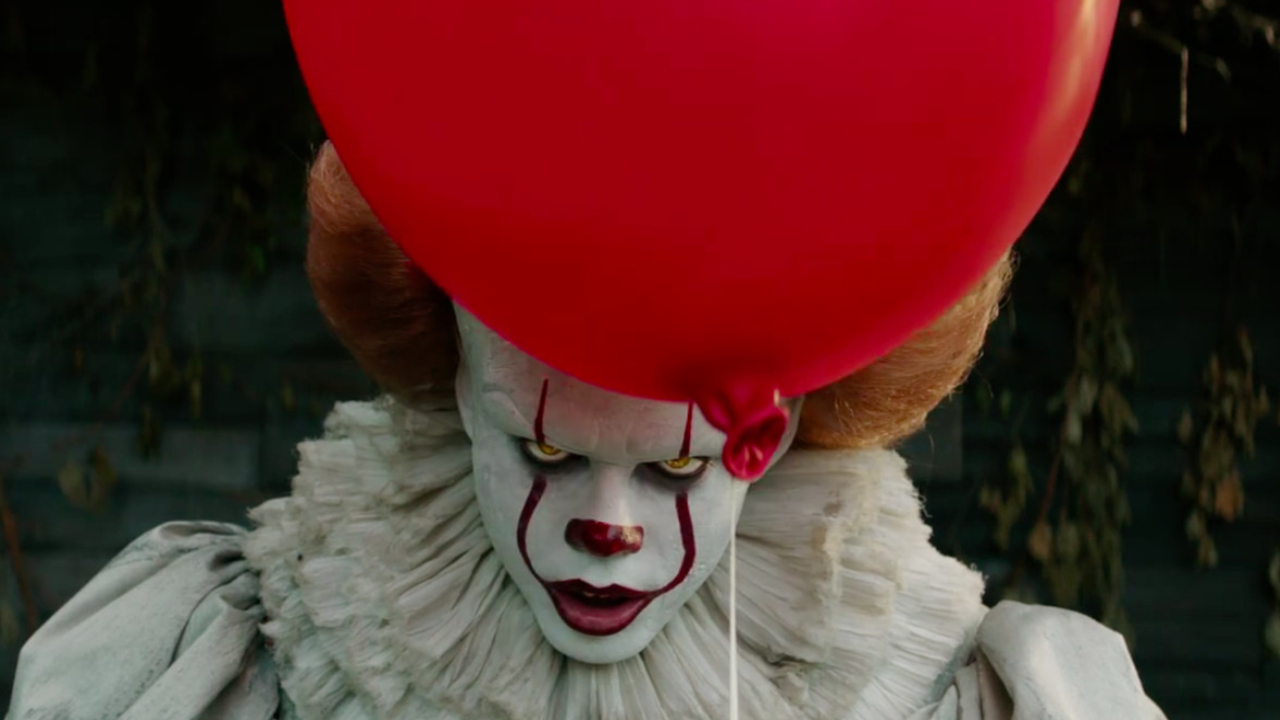
Pennywise (It)
Another iconic horror character that can appear as whatever it wants, all the better to scare you, is the “it” that the title of Stephen King’s 1986 novel It refers to. Of course, this otherworldly, shapeshifting creature usually has no trouble preying on the fears of his victims – typically children – by appearing as its default creation: a bulbous-headed, yellow-eyed clown. As established, Pennywise was first invented in the mid-1980s and was also previously played by Tim Curry in a memorable two-part TV movie from 1990, but Bill Skarsgård’s devilish portrayal in Andy Muschieti’s two-part theatrical adaptation from 2017 and 2019 is on a whole different level of frightening.
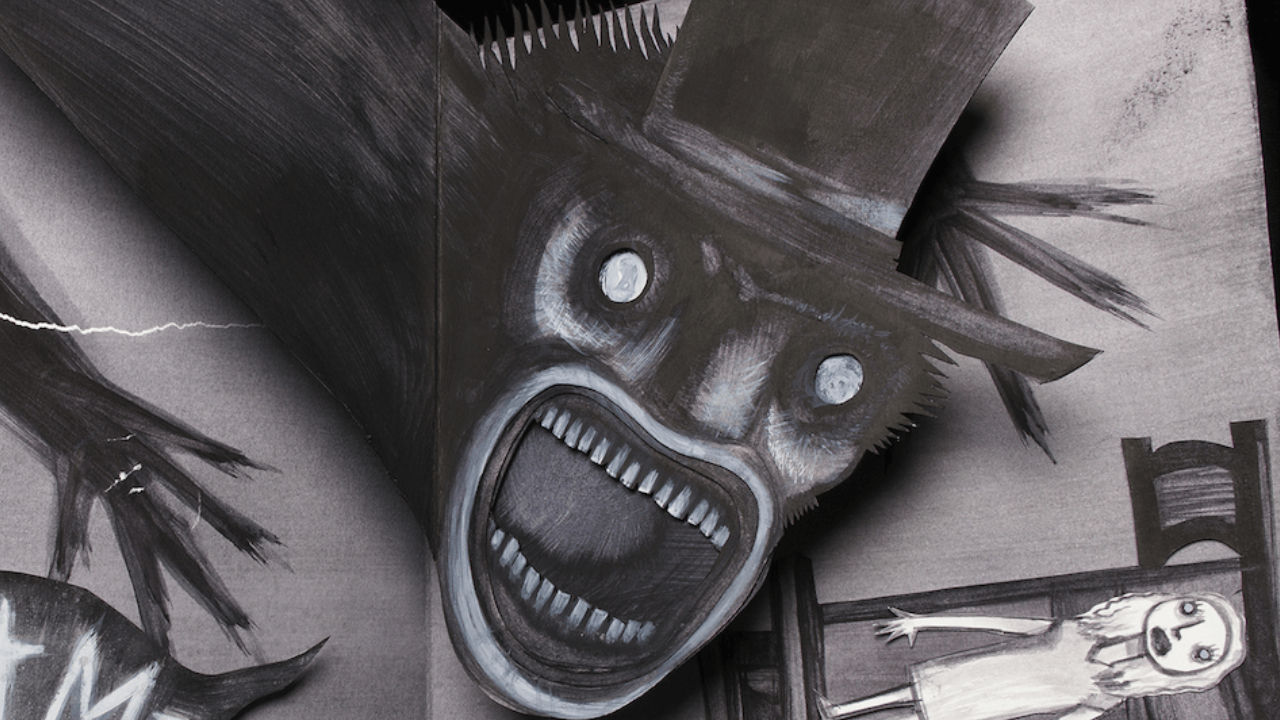
The Babadook (The Babadook)
A character who also feeds off of fears and insecurities is the menacing, nightmarish titular antagonist of The Babadook, which is not just some ghost or demon that roams the earth in search of a victim. In fact, it could actually be argued that, even in the world of writer and director Jennifer Kent’s 2014 Australian import, it does not really exist. It is truly a symbol of the grief that Essie Davis’ single mother, Amelia, suffers after losing her husband – something that, like how The Babadook is described in the pop-up book it comes from, she is unable to get rid of but, in the end, must learn how to live with.
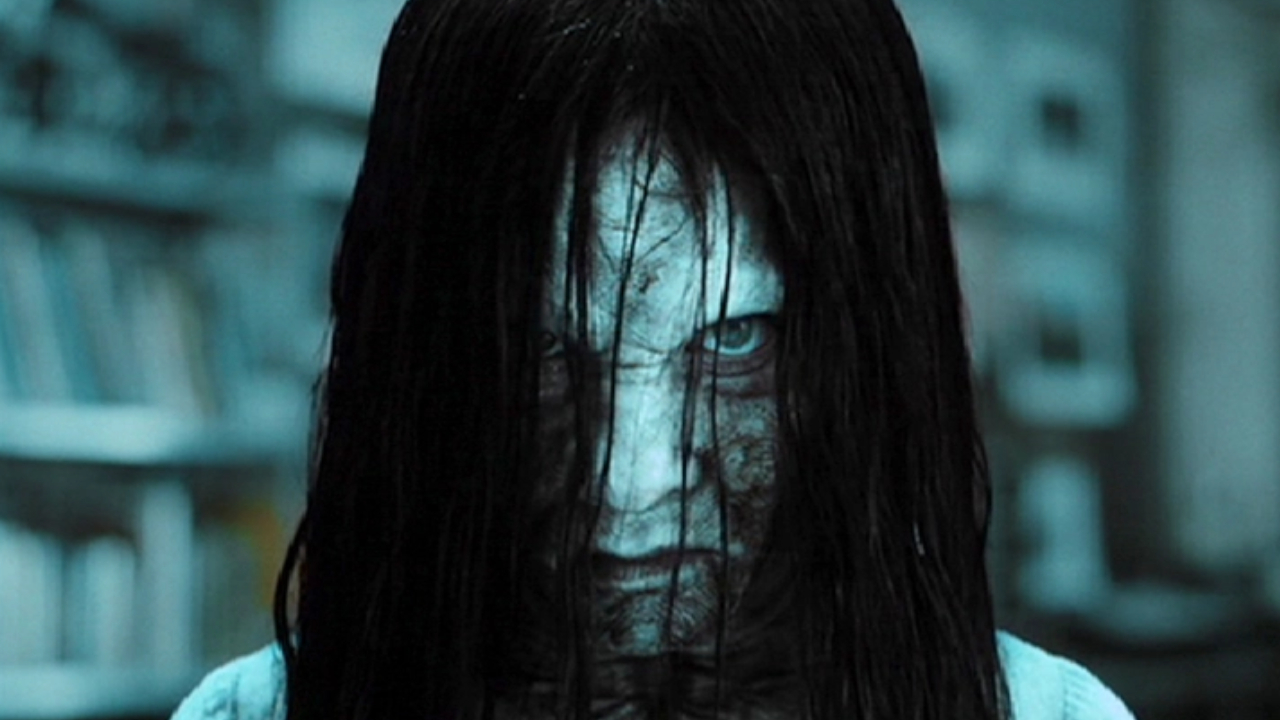
Samara Morgan (The Ring)
Before we had monsters like The Babadook manifesting from pop-up books, we had Samara Morgan popping out of the freaking television screen in The Ring. This is the way that the vengeful spirit of said murdered child – played by Daveigh Chase of Donnie Darko and Lilo & Stitch fame – appears to her victims before claiming their souls within seven days of watching a cursed VHS tape. Her unforgettable appearance at the end of Gore Verbinski’s 2001 update of Hiroshi Takahashi’s Japanese horror classic, Ringu, is what makes it one of the few English-language updates of an Asian horror favorite that is worth rewinding.

Esther (Orphan)
I would say, “Let’s go from one creepy kid to another,” as a way to introduce our next villain, but that would not actually be accurate, given what we learn about Esther at the end of Orphan. In the 2009 cult favorite, Vera Farmiga and Peter Sarsgaard’s characters take in a surprisingly intelligent 9-year-old girl (played brilliantly by Isabelle Fuhrman) who turns out to be a 33-year-old woman with proportional dwarfism and a long history of making life for her adoptive families a living hell. The plausibility behind the otherwise shockingly bizarre concept is what makes Esther an especially disturbing character and, more specifically, one of the best female horror movie villains in my eyes.
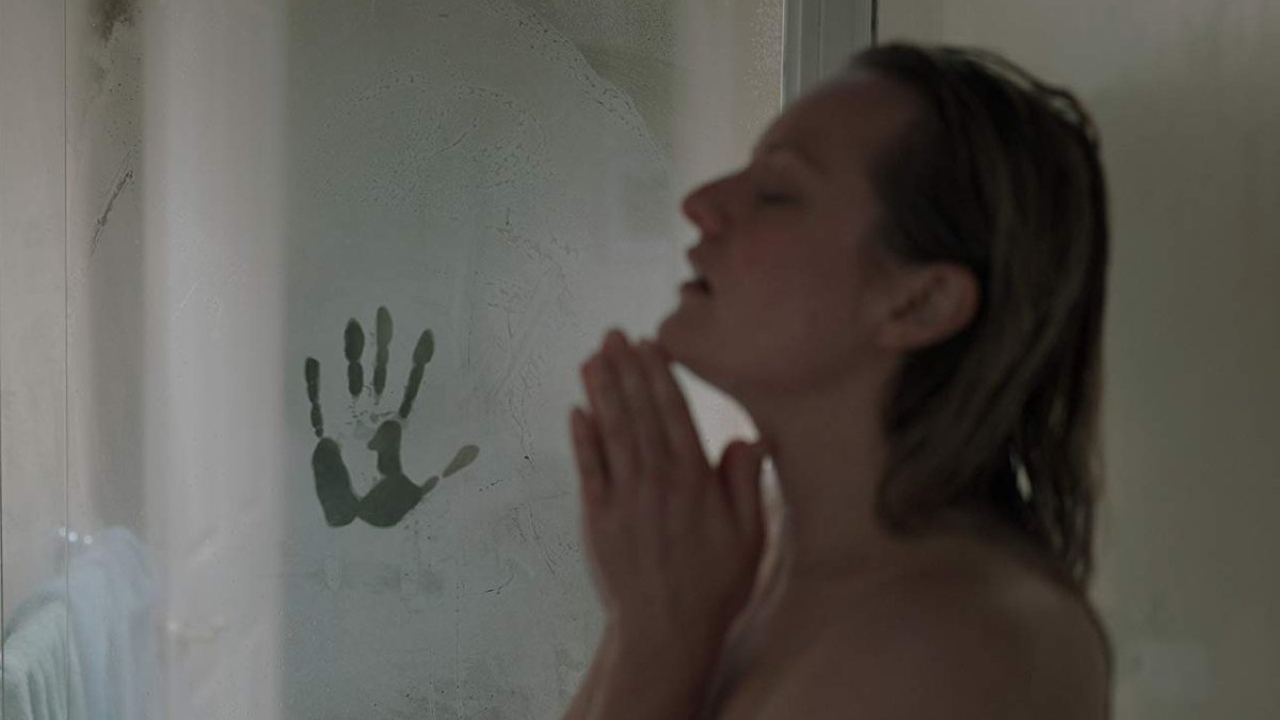
Adrian Griffin (The Invisible Man)
The plausibility behind the special suit that Adrian Griffin (Oliver Jackson-Cohen) creates to make him virtually undetectable is what makes him such a haunting villain, and writer/director Leigh Whannell’s reinterpretation of The Invisible Man from 2020 so refreshingly fascinating. Not to mention, the way he psychologically tortures his estranged wife (Elisabeth Moss) and makes her appear delusional to loved ones and authorities offers some real thought-provoking social commentary about gaslighting. This is yet another character on our list who originates from literature, and was first introduced in H.G. Wells’ 1897 novel, but unquestionably deserves a spot for the reasons above.
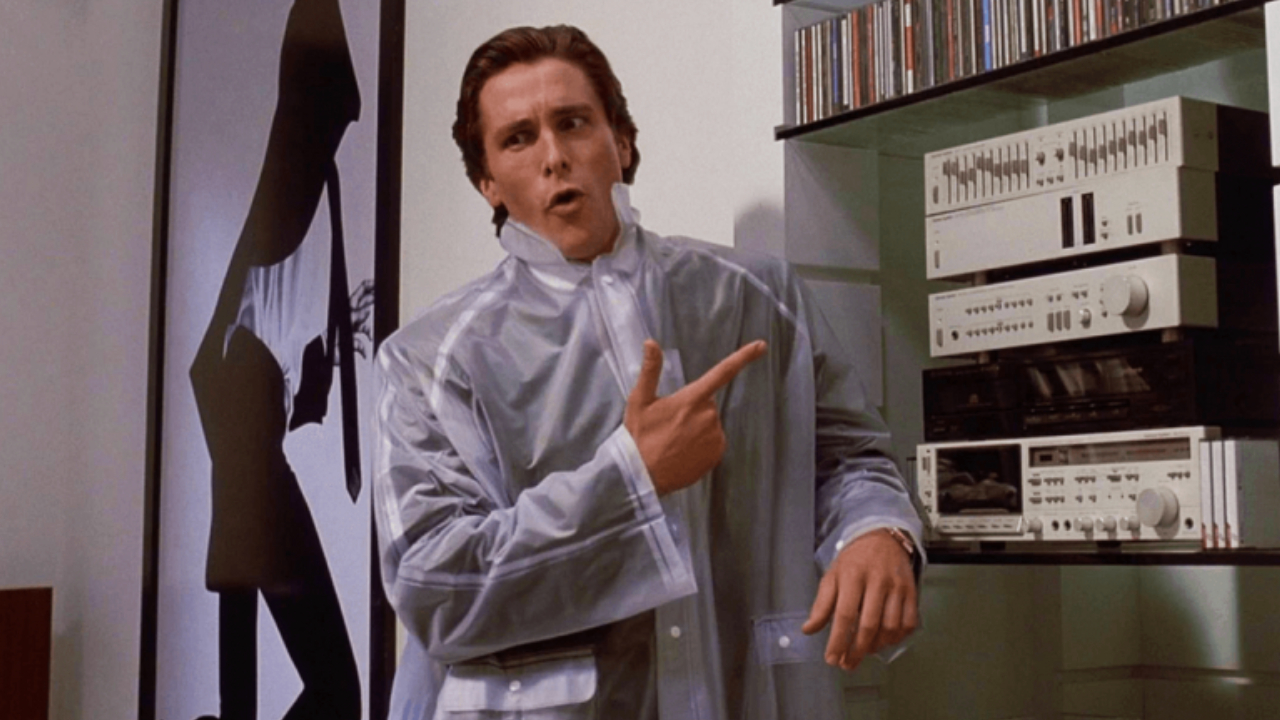
Patrick Bateman (American Psycho)
Another essential example of social commentary in horror is Patrick Bateman – the central character of American Psycho, who embodies a kind of masculinity so toxic, it is deadly. His intense need to appear as the ultimate charming, attractive, wealthy alpha male is part of what drives him to commit such heinous acts as chasing a sex worker with a chainsaw or feeding a stray cat into an ATM – or, at least, that is what the film initially has you believe. Aside from the ambiguous ending of Mary Harron’s adaptation of Bret Easton Ellis’ controversial novel, it is Christian Bale’s stunning performance as the incurably deranged, Huey Lewis-loving, 1980s Manhattan yuppie that is really to die for.
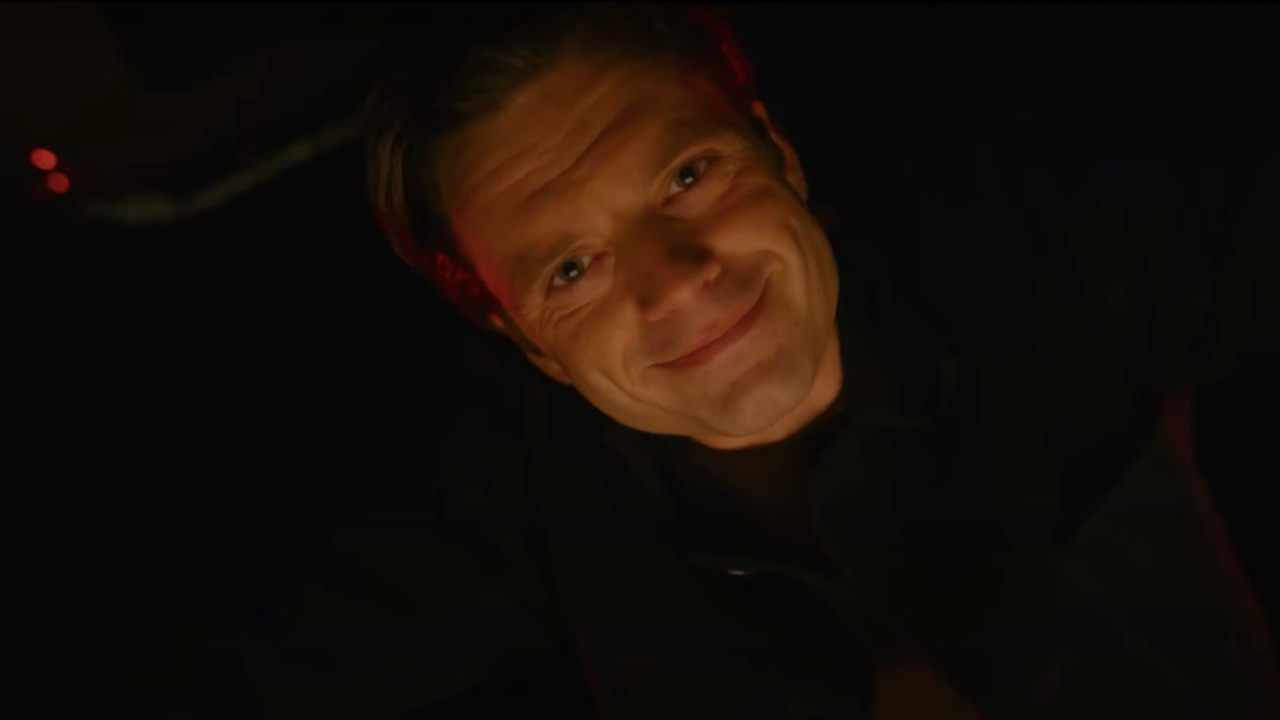
Steve (Fresh)
You know, a great example of the kind of person Patrick Bateman might aspire to be is Steve, who is portrayed in Fresh in such a charismatic fashion by Sebastian Stan that, like Daisy Edgar-Jones’ Noa, you cannot help but like him. That is, however, until about half an hour into director Mimi Cave’s feature-length debut when he reveals that he is a cannibal and also makes a living selling the meat of his female victims to people with similar appetites. Writer Lauryn Kahn’s inspiration for the character came from her own fascination (and fear) of the uber-wealthy, which – on top of the film’s distressingly spot-on depiction of modern dating – makes it feel almost a little too real for comfort, yet irresistibly delicious.
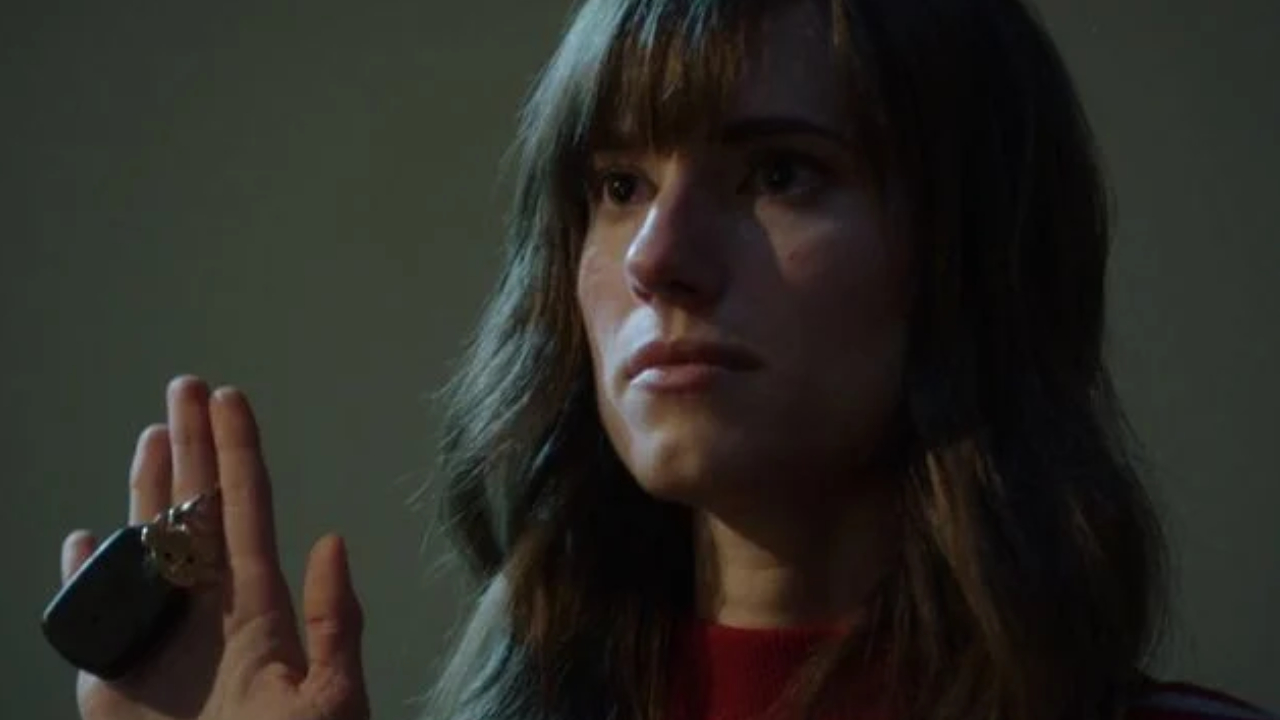
The Armitage Family (Get Out)
I really hope what goes on in Get Out has no semblance in reality – let alone that it does symbolize real-world prejudices. In writer and director Jordan Peele’s Oscar-winning debut, Chris (Daniel Kaluuya) learns his suspicion about visiting the childhood home of his white girlfriend, Rose Armitage (Allison Williams), were right, because her father, Dean (Bradley Cooper), mother Missy (Catherine Keener), and brother Jeremy (Caleb Landry Jones) offer a service to implant elderly white brains into the bodies of unwilling, young Black people. I would actually vote for the remorseless Rose as the real MVP in creep factor, as the ending twist reveals that she has lured Chris into her family’s trap is one of the film’s most unforgettably chilling moments.
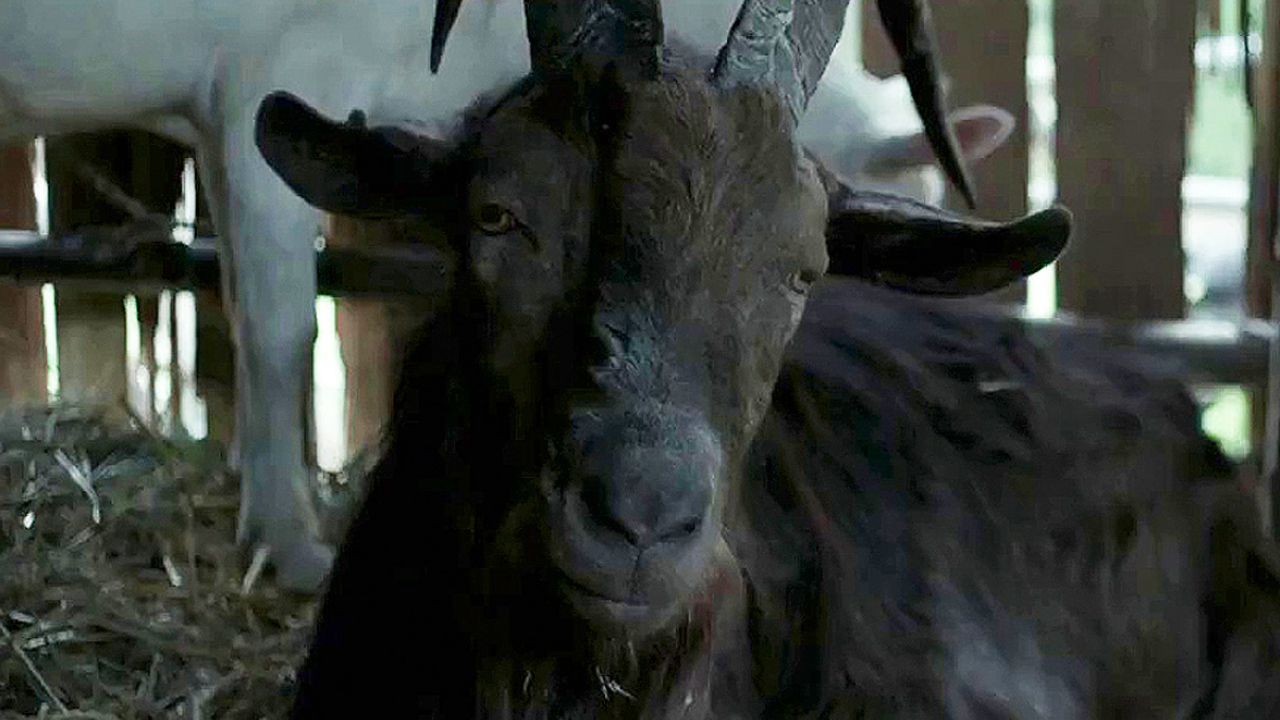
Black Phillip (The Witch)
There is also a pretty epic twist at the end of writer and director Robert Eggers’ masterpiece in slow-burn horror, The Witch, which depicts the strange and violent destruction of a family of seven in 1630s New England. You never really know if it is actually some mystical evil hiding in the woods or their own paranoid delusions tearing them apart, until you discover that it was all orchestrated by the Devil himself, posing as the family goat, Black Phillip. I will never forget the moment he reveals his true form to Thomasin (played by my personal favorite modern horror movie actress, Anya Taylor-Joy) and officially lures her into the world of black magic by asking, in an unnerving whisper, “Wouldst thou like to live deliciously?”
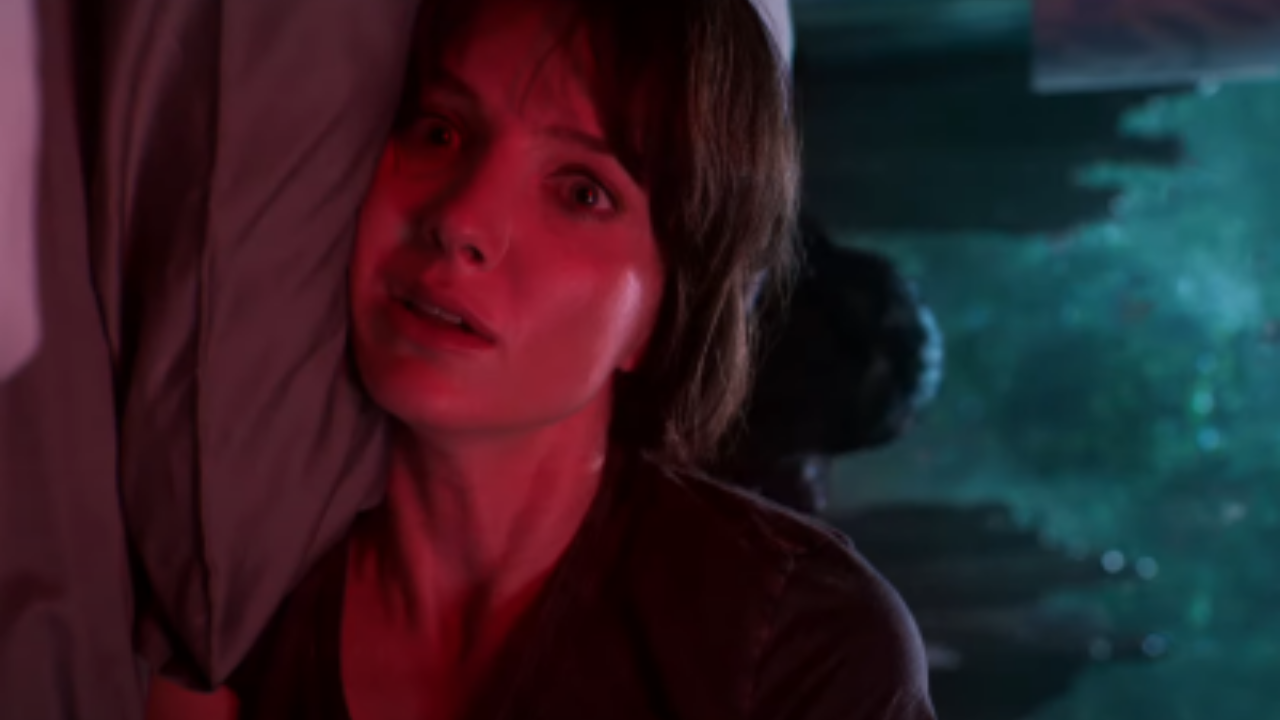
Gabriel (Malignant)
For my money, one of the coolest, creepiest, and craziest horror movie twists in years occurs near the ending of Malignant – co-writer and director James Wan’s homage to campy Giallo slashers from the 1980s. After struggling to understand her connection to a vicious, grotesque killer named Gabriel, whose murders she could see in her dreams, Madison (Annabelle Wallis) finally discovers that he is literally connected to her and is her long-dormant parasitic twin who takes control of her body to punish the doctors who tried to remove him. Madison does manage to assume full control of Gabriel and says she will be ready if he tries to break free of the mental prison she has locked him in, which is why a sequel is in order, I think.
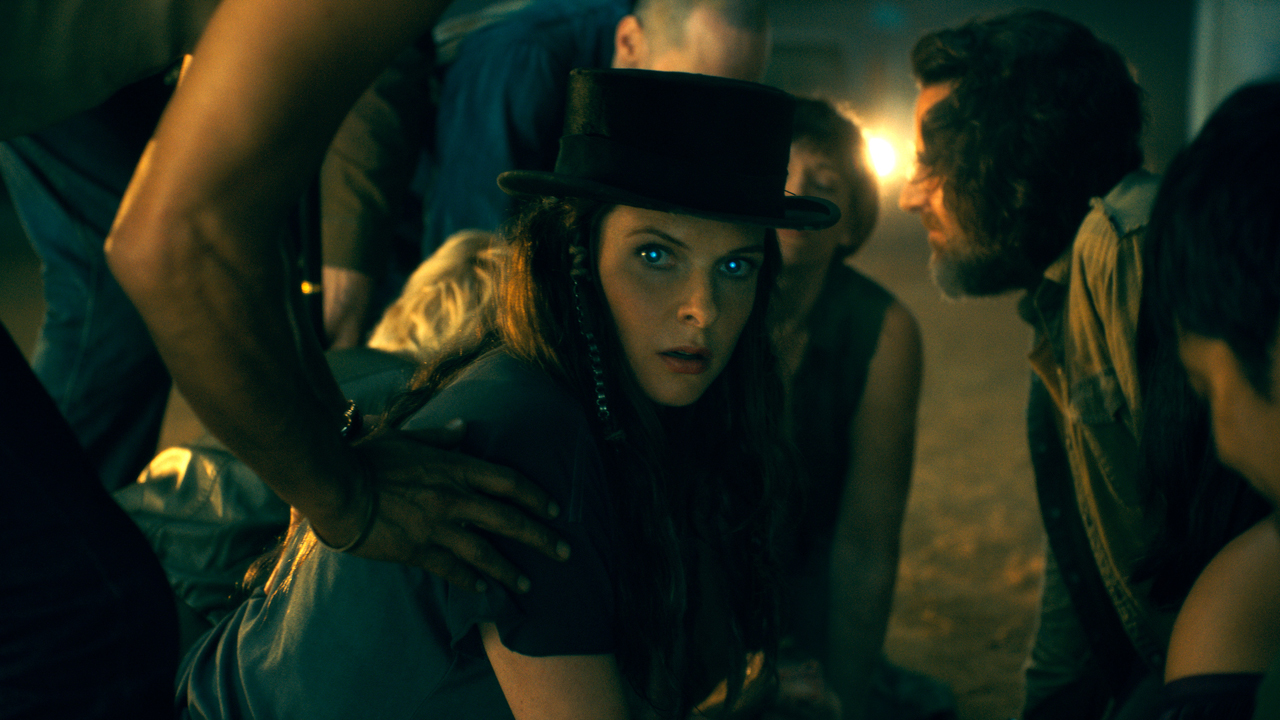
Rose The Hat (Doctor Sleep)
One of my favorite horror movie sequels as of late is Doctor Sleep – a brilliant adaptation of Stephen King’s follow-up to The Shining from modern horror auteur Mike Flanagan – which stars Ewan McGregor as a grown-up Danny Torrance. The telepath must protect a young girl with stronger abilities than himself named Abra (Kyliegh Curran) from a cruel group of immortal psychokinetics called The True Knot, who feed off of other gifted individuals and are led by the power-hungry Rose the Hat. I think that Rebecca Ferguson deserved awards attention for her performance as the central antagonist, especially for maintaining such a cold and conniving demeanor during the film’s most disturbing scene, featuring Jacob Tremblay.
You know how they say that a horror movie is only as good as its villain? Well, I usually don’t like to buy into the rule so heavily, but these freaky modern baddies may have convinced me otherwise.

Jason Wiese writes feature stories for CinemaBlend. His occupation results from years dreaming of a filmmaking career, settling on a "professional film fan" career, studying journalism at Lindenwood University in St. Charles, MO (where he served as Culture Editor for its student-run print and online publications), and a brief stint of reviewing movies for fun. He would later continue that side-hustle of film criticism on TikTok (@wiesewisdom), where he posts videos on a semi-weekly basis. Look for his name in almost any article about Batman.
